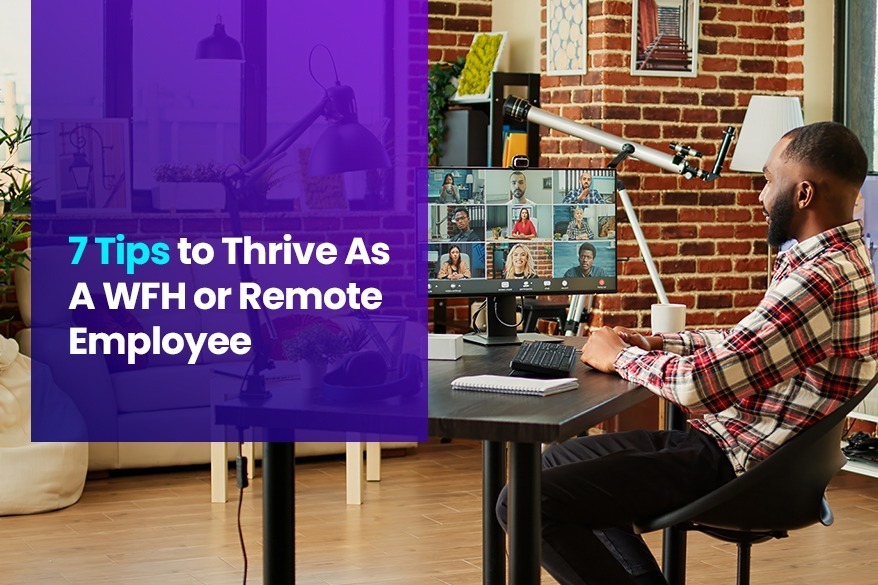Onboarding new hires in a remote work setting requires a very structured and detailed approach. Without the physical guidance of a manager or supervisor, the process can be overwhelming and confusing to a new team member.
HR recruiters and training leaders need to adapt to the needs of a remote work setting and provide the necessary materials, guidelines, and equipment to ensure a successful onboarding experience.
Successful integration of a new remote employee begins with successful onboarding and training.
Every new employee, whether working on-site or remotely, will feel even a small amount of trepidation on their first week at a new job. The onboarding and training process alleviates their nerves and prepares them to effectively perform their duties and fully step into their roles in the organization.
Providing new hires with a positive onboarding experience and a comprehensive training period can help them adapt to the company culture, build great working relationships, and perform on a high level.
Here are other reasons why a company should invest time and resources into the onboarding process.
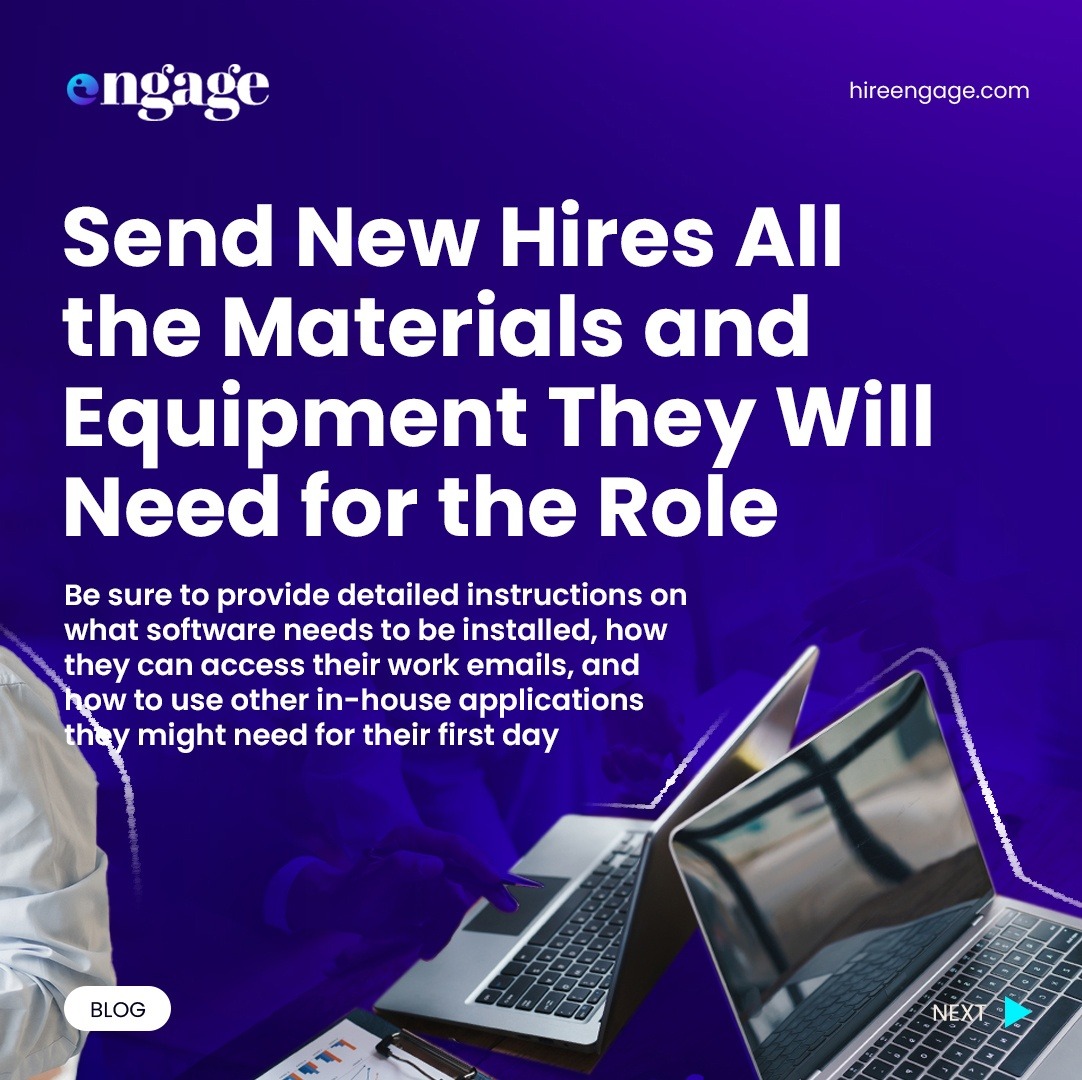
1.Successfully onboarding new hires makes them feel welcome and excited for the role.
The onboarding process isn’t just for technical preparations for a new job; it’s also a chance for new remote employees to become acquainted with their teams, supervisors, and other departments.
Virtually meeting other team members and conducting short introductions can relieve some of the nervousness of the first week and give them a chance to soak in the reality of the role, the company, and the people at their new role.
2.The first week is the perfect time to introduce company culture and values.
Company culture is an important element of any working experience. With remote work, it becomes even more crucial that employees understand and fit well within group expectations and values so they can work well with others.
Introducing company culture during the first week allows new hires to get a sense of how other employees work, how management runs the business, and what kind of work experience they are walking into. This can lessen the chances of any culture shock or unhappiness with colleagues or supervisors in the future
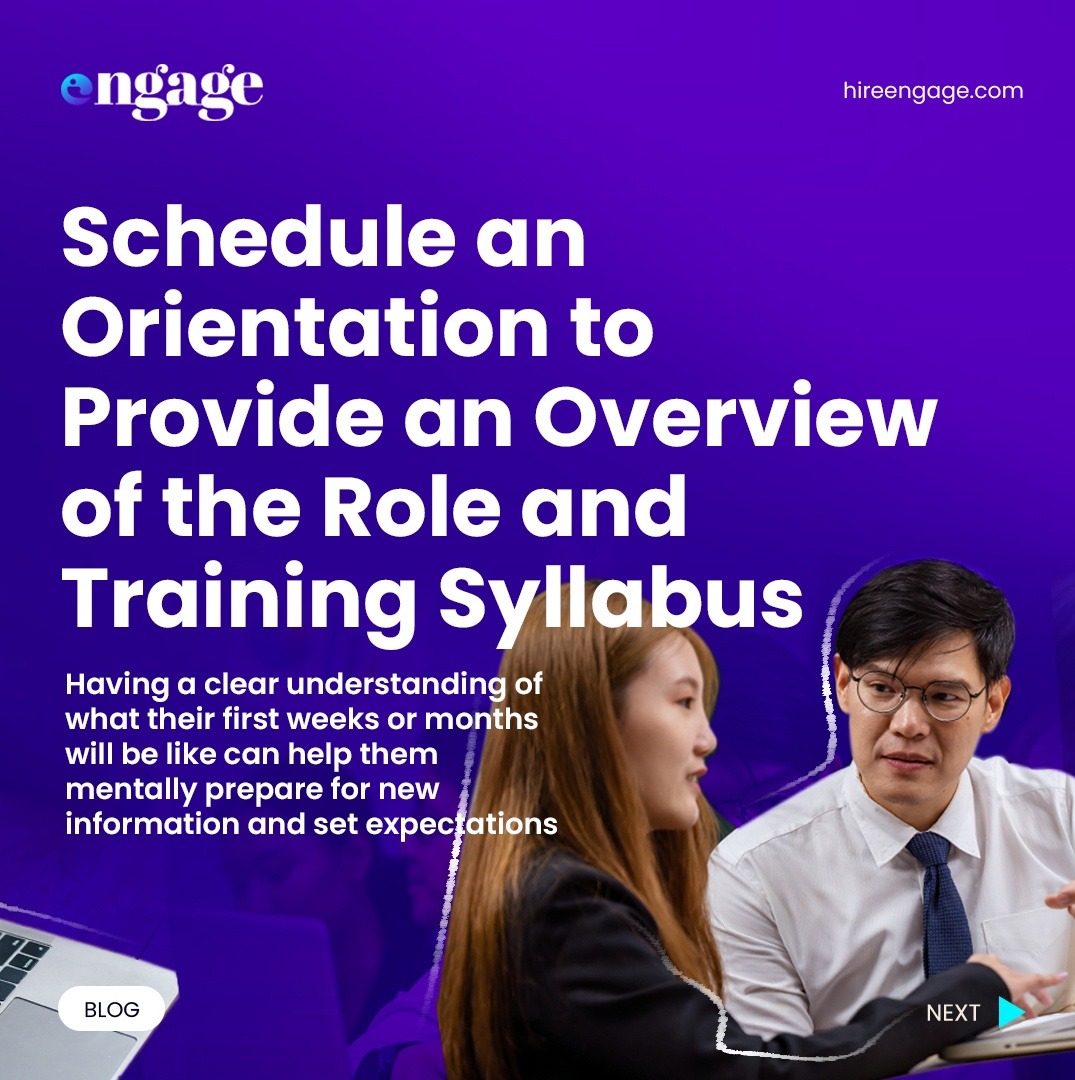
3.New hires can manage their expectations and understand their roles better during onboarding and training.
During the hiring process, it’s normal to have a bit of confusion or vagueness about parts of the job and what employees will be doing. The onboarding and training process addresses these concerns and helps new hires manage their expectations.
Providing clarity and detailed tasks and responsibilities during the training period also helps employees learn the ropes of their roles and how they can perform better. It’s also the perfect time to answer any questions and address initial issues before they escalate.
4.Structured onboarding and training give new hires the skills and knowledge necessary to fulfill their work roles.
If the hiring process resulted in highly capable recruits, most new employees will already have the necessary skills and expertise required of them. However, every job will have its own processes, methods, systems, and approach to doing things.
Onboarding and training is the time for new hires to learn these and practice before being assigned their first tasks. Having 1-2 weeks dedicated to just learning these processes and systems can improve the likelihood of new hires successfully integrating into their teams and new roles.
5.Positive experiences during onboarding and training builds up new employee’s confidence and improved retention rates.
Did you know a successful onboarding and training program “improves employee retention by 82% and productivity by over 70%?” This Glassdoor research revealed that employees who undergo positive onboarding are happier and more effective in the roles.
The onboarding and training process sets the tone for the entire working experience and expectations of new hires. It’s important that these first few weeks are designed to buld their confidence in their new roles and provide them with the tools, skills, and knowledge they need to do the best they can at work.
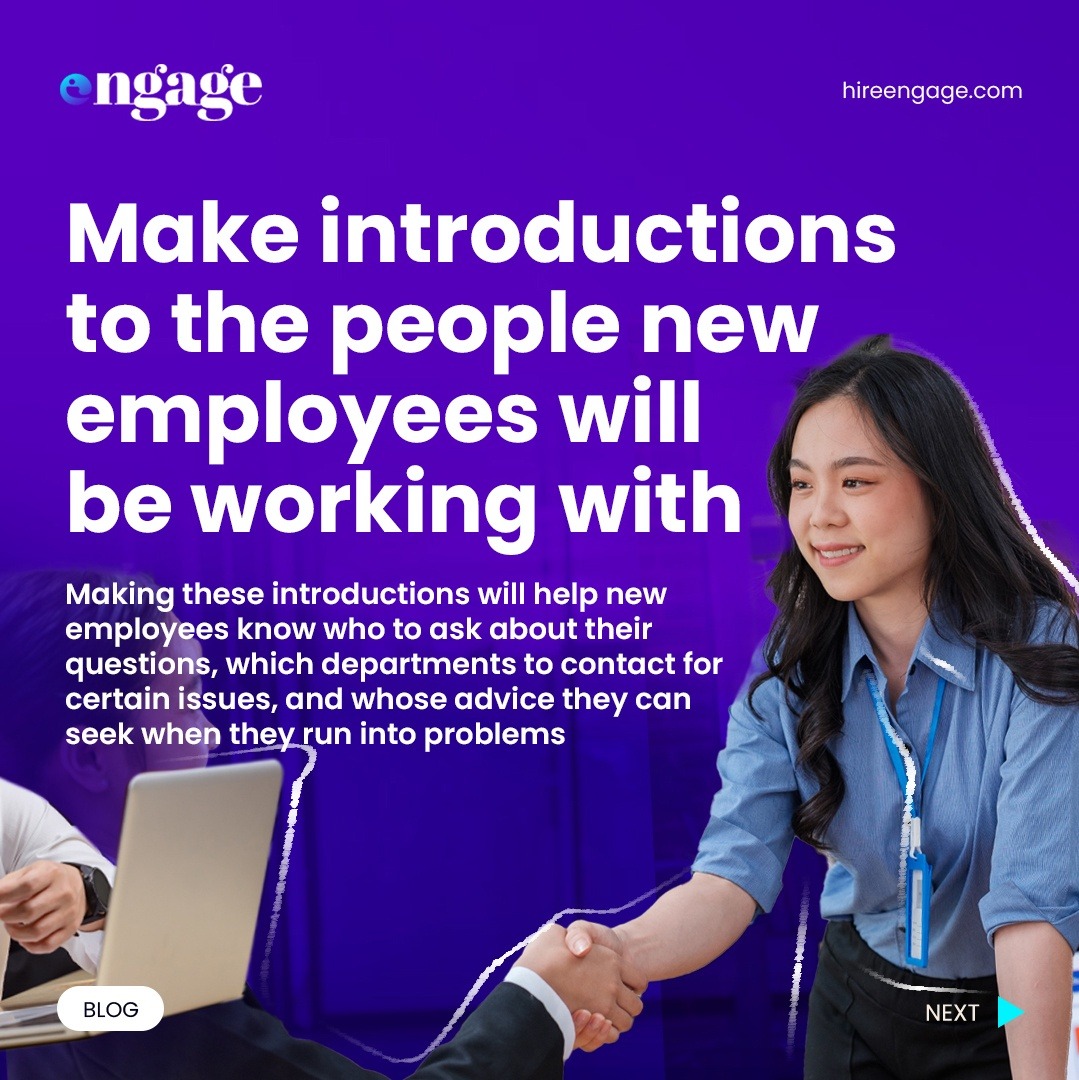
5 Ways to Virtually Onboard and Train Remote Employees
Virtual onboarding and training of remote employees requires more preparation, documentation, and patience than doing it on-site. Compared to their on-site counterparts, remote employees have to set-up equipment, install software and train by themselves.
Management can make the process much easier and more effective by following these steps.
1. Send new hires all the materials and equipment they will need for the role.
Before their first day, make sure all new employees have received laptops, headsets, reading materials, and other necessary hardware and software for the job. Having them set-up before onboarding reduces delays and gives them a chance to acquaint themselves with company processes before they learn more of the nitty gritty of the job.
Be sure to provide detailed instructions on what software needs to be installed, how they can access their work emails, and how to use other in-house applications they might need for their first day.
2. Schedule an orientation to provide an overview of the role and training syllabus.
An orientation is a pre-onboarding meeting where new employees can take a quick overview of their new job and know how their training will be conducted. Having a clear understanding of what their first weeks or months will be like can help them mentally prepare for new information and set expectations about their own progress.
Providing a schedule also lets them prepare each day before meeting with their mentors and supervisors. They can read assigned material, practice on software, and watch training videos to enhance the learning experience.

3. Make introductions to the people new employees will be working with.
Set up a few quick calls during the first week of onboarding to make introductions to people that new hires will collaborate with and learn from. Mentors, colleagues, and team leaders will want to meet their new team members.
Making these introductions will help new employees know who to ask about their questions, which departments to contact for certain issues, and whose advice they can seek when they run into problems.
4. Provide an engaging combination of training methods.
Just because the onboarding and training is done virtually doesn’t mean it all has to be done in the same way. There are many options available for training remote employees effectively.
- Learning Management Software – Using an LMS can provide new hires with a very structured learning experience, like that of a classroom. This can be useful for spacing out big chunks of information and giving new employees enough time to learn the material.
- Video training – This kind of approach is best when remote workers need repetitive guidance for learning about software and technical skills. It’s easier when they have a video demonstration to follow rather than just reading a manual.
- Guided calls – Once employees are familiar with processes, they can have guided calls and trainings with their mentors and supervisors to ensure they are following the proper guidelines and so that they may ask questions.
- Reading materials – These can be provided ahead of time to provide initial information and beginner techniques to employees. Having reference materials on-hand can deepen technical expertise and encourages professional upskilling.
- Sponsored masterclasses and courses – Learning from outside the company is a great way to stay updated on industry trends and developments. Paying for courses and masterclasses for employees can motivate them to perform better and hone their skills.
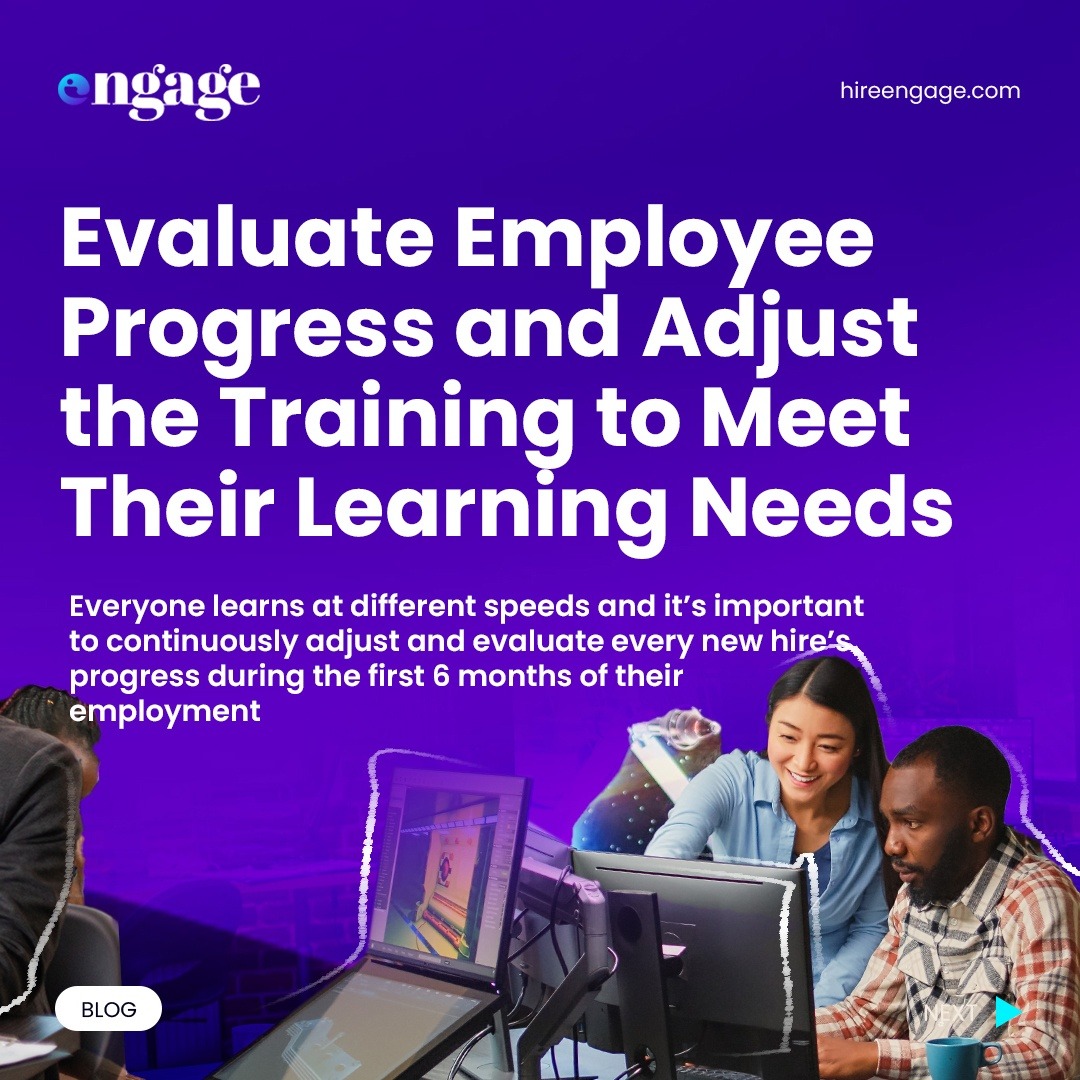
5. Evaluate employee progress and adjust the training to meet their learning needs.
The best-performing employees aren’t always the fastest learners. Everyone learns at different speeds and it’s important to continuously adjust and evaluate every new hire’s progress during the first 6 months of their employment.
Ask them how their mentors can help them and what they need to improve their performance. They might need a more hands-on approach, or they might need more time to absorb new information. Whatever their needs are, be patient, encouraging, and non-judgmental.
The onboarding and training process for virtual employees is a fun and exciting time. It’s a period for learning, developing their skills, and building professional relationships in the company. With the right approach and mindset, every new remote hire can become a star performer in their department.
Interested in making the leap? At Engage, we’re always looking for top talent! Learn more about how we can help with your next career move.


